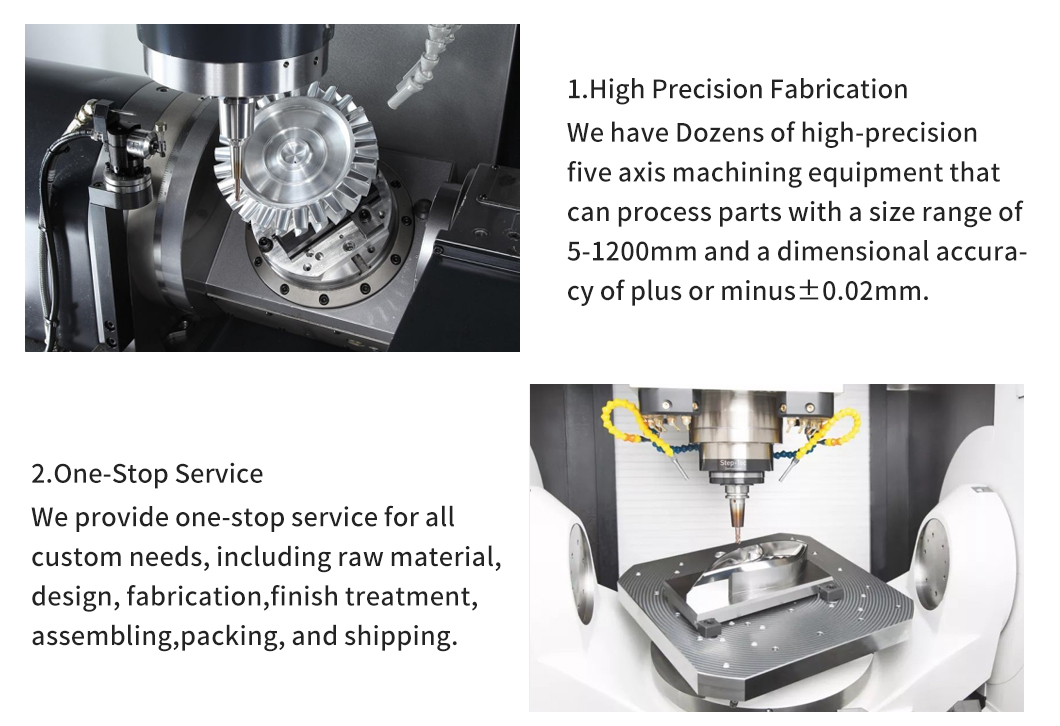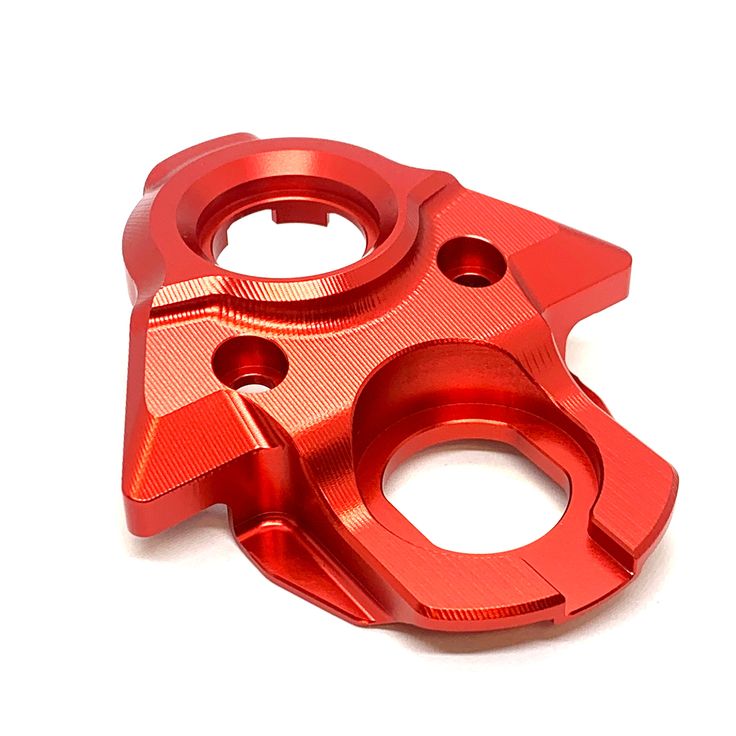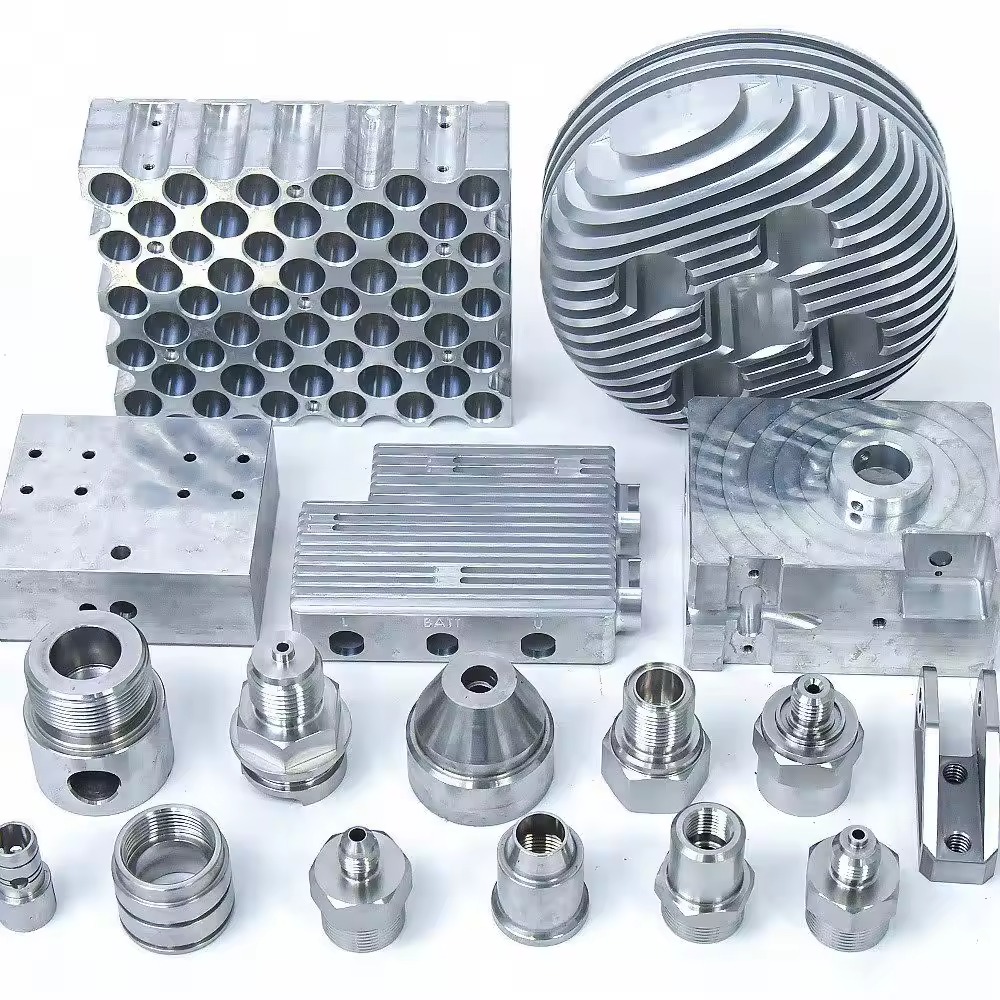What is 5-Axis CNC Machining? [Definition, Decision Guide, and Practical Application]
1. What is 5-Axis CNC Machining?
5-axis CNC machining is an advanced manufacturing process that allows a cutting tool or part to move along five different axes—three linear (X, Y, Z) and two rotational (A, B, or C). This enables the machine to approach the workpiece from virtually any direction in a single setup.
Machining complex, freeform, or multi-face parts efficiently
Reducing manual repositioning and set-up errors
Improving accuracy and consistency
Shortening lead times for prototype and production parts
2. How Does 5-Axis Compare to 3-Axis CNC Machining?
Decision Table: When to Use 3-Axis or 5-Axis
| Scenario / Requirement | 3-Axis CNC | 5-Axis CNC |
|---|---|---|
| Flat, prismatic parts | ✅ | ✅ |
| Multi-face or angled features | ❌ (multiple setups) | ✅ (single setup) |
| Deep or angled holes (>30° to surface) | Limited | ✅ |
| Tight tolerance across multiple faces | Challenging | Easier to control |
| Organic/Freeform surface (e.g. turbine) | Impossible | Designed for this |
| High precision prototype | Possible | Preferred for complexity |
| Batch production of simple parts | ✅ (cost effective) | Overkill (higher cost) |
3. Real-World Example: When Engineers Should Switch to 5-Axis
A customer submitted a drawing for a titanium implant housing with multiple angled holes and tight surface finish specs (Ra < 0.8 μm). Initial attempts with 3-axis CNC resulted in misalignment between the main bore and side features, requiring multiple setups and causing quality issues.
Switching to a 5-axis CNC machining process enabled:
All features machined in a single setup
Consistent tolerance control (±0.01mm achievable)
Surface finish met in one go
4. What Do Engineers Really Need to Ask When Sourcing CNC Machining?
Typical Questions and Answers
Can my part be done on a 3-axis machine?
If your part only has features on two opposite sides and no complex angles, likely yes.When is 5-axis mandatory?
Multi-face features requiring positional accuracy
Organic surfaces (e.g., impellers, orthopedic implants)
Deep/angled holes not parallel or perpendicular to reference surfaces
Is 5-axis always more expensive?
Hourly machine cost is higher, but reduced setups often lower total cost and risk for complex parts
For simple, high-volume parts, 3-axis is still preferred for cost efficiency
What’s the real precision difference?
3-axis: ±0.02~0.05mm (typical, depends on setup skill and part geometry)
5-axis: ±0.005~0.02mm for all faces in one setup (typical industrial tolerance range)
5. ISO 9001 Certification—Why Does It Matter?
ISO 9001 certified CNC manufacturers follow documented quality control processes:
Incoming material inspection
In-process and final dimensional checks
Full traceability and documentation
Customer complaint management and corrective actions
Consistent part quality across batches
Detailed inspection reports (can include FAI, PPAP on request)
Lower risk for regulated industries (medical, aerospace, automotive)
6. Practical Decision Flow
Send your part drawing and specs
Factory engineer reviews:
Complexity of geometry, number of faces, tolerance stack-up
Required surface finish and inspection
Factory provides recommendation:
3-axis is sufficient (faster, cheaper for simple geometry)
5-axis required (if multi-face, complex, or precision needs)
Optional: Request quote for both processes for comparison
7. Frequently Asked Questions
Q: My part has 4 sides with precision holes, but nothing too complex. Should I use 5-axis?A: If each face can be accessed without removing/repositioning, 3-axis with rotating fixtures may be sufficient. If not, or if tolerances are tight between faces, 5-axis is safer.
Q: Does 5-axis always mean faster delivery?
A: For complex parts, yes—because there are fewer setups and less manual adjustment. For simple blocks, 3-axis is still quicker.
Q: What documentation does an ISO 9001 shop provide?
A: Usually: Certificate copy, batch traceability, inspection report, and upon request, FAI or PPAP documents.
8. Ready for Professional Advice?
Not sure which machining process is right for your part?
Upload your drawings/specs to BERGEK’s engineering team—get a free process review and tailored quote!
Want to learn more or share your technical questions?
Join our LinkedIn manufacturing group!

READ MORE:
Engineering Guide: How to Select the Right Metal Thickness for CNC Machining
Metal Surface Treatment Guide | ISO 9001 Certified CNC Machining & Finishing Partner
Short Lead Times, High Precision: Why More Manufacturers Rely on ISO 9001 CNC
For Tight Specs & Short Lead Times: How ISO 9001 CNC Stands Out
Compliance and Speed: Meeting Export Demands with ISO 9001 Certified CNC Machining
Export Success Stories: Why Global Companies Choose BERGEK’s ISO 9001 Certified CNC Machining
READ MORE:
- Quality Control in 5-Axis CNC Machining
- 5-Axis CNC Machining for Customized Parts
- What Industries Need 5-Axis CNC Machining? | Expert Analysis by BERGEK
- 5-axis Machining Tolerances & Surface Finish | Engineering Guide – BERGEK ISO 9001
- ISO 9001 certified 5-axis CNC machining supplier in China
- How 5-Axis Machining Improves Aerospace Components
- Engineering Guide: How to Select the Right Metal Thickness for CNC Machining
- Metal Surface Treatment Guide | ISO 9001 Certified CNC Machining & Finishing Partner
- Short Lead Times, High Precision: Why More Manufacturers Rely on ISO 9001 CNC
READ MORE:
- 5-Axis CNC Machining Cost Factors and Price Calculation
- Quality Control in 5-Axis CNC Machining
- 5-Axis CNC Machining for Customized Parts
- What Industries Need 5-Axis CNC Machining? | Expert Analysis by BERGEK
- 5-axis Machining Tolerances & Surface Finish | Engineering Guide – BERGEK ISO 9001
- ISO 9001 certified 5-axis CNC machining supplier in China
- How 5-Axis Machining Improves Aerospace Components
- Engineering Guide: How to Select the Right Metal Thickness for CNC Machining
- Metal Surface Treatment Guide | ISO 9001 Certified CNC Machining & Finishing Partner






.jpg)



